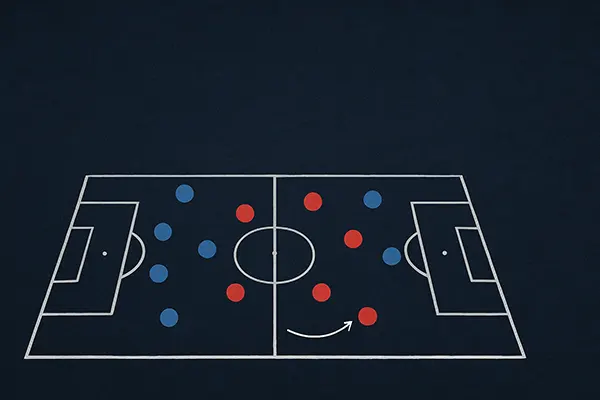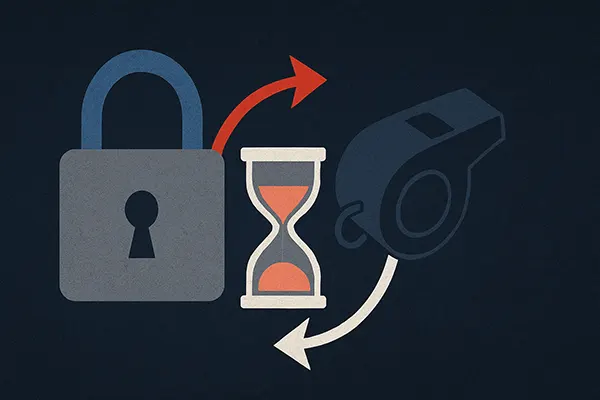How Rule Changes Affected Team Tactics in European Championships: 2024/25 Season

The 2024/25 European football season is already in full swing, and one of the most notable shifts has been the impact of recent rule changes on tactical behaviour across top leagues. From adjustments to handball interpretations to stricter time-wasting penalties, these modifications have reshaped how teams operate on the pitch. This article explores the main effects on strategies, formation preferences, and the evolution of in-game decision-making throughout the major European championships.
Increased Game Time and Its Tactical Implications
One of the most transformative changes in the 2024/25 season has been the enforcement of stricter rules around time-wasting and substitutions. UEFA and domestic leagues have collectively implemented protocols to reduce delays, including standardised time allowances for substitutions and goal celebrations. As a result, average match time has risen to around 102 minutes in top-tier leagues like the Premier League, Serie A, and Bundesliga.
This increase in active playtime has demanded greater endurance from players, pushing managers to rotate their squads more frequently and adopt formations that conserve player energy over longer matches. High-intensity pressing systems such as the 4-3-3 Gegenpress are now being modified into more conservative 4-2-3-1 setups to balance intensity with sustainability across 90+ minutes.
Additionally, longer matches have opened up space for late tactical changes. Coaches are increasingly holding substitutions until the final 15 minutes, using them to exploit tired defenders and shift match momentum. This trend has resulted in a significant rise in goals scored after the 85th minute across La Liga and Ligue 1.
Fitness, Recovery, and Squad Depth
The rise in game length has created fresh challenges in terms of physical preparation. Clubs now prioritise real-time performance tracking, with sports scientists playing a central role in advising coaching staff. GPS wearables and biometric data help detect fatigue earlier, allowing managers to make data-informed decisions mid-game.
Elite clubs with deep benches have clearly benefitted from this change. Teams like Manchester City, Bayern Munich, and PSG rotate key players more effectively, maintaining intensity throughout extended matches. In contrast, smaller clubs with limited squads often struggle to maintain competitive pace in the final third of games.
Recovery protocols have also been restructured. Recovery windows between matches are now strictly optimised with cryotherapy, active recovery sessions, and reduced-contact training days. These updates are particularly evident in clubs participating in multiple competitions, where fixture congestion is most punishing.
Revised Handball Interpretations and Defensive Shape
The 2024/25 season introduced a tighter handball rule, focusing on natural body position and clear intent. Referees are now instructed to penalise defenders for arm extensions, even if accidental, when the arm creates an unnatural barrier. This change has had a pronounced effect on how teams defend in and around the penalty area.
Full-backs and centre-backs have adjusted by keeping arms tighter to the body, leading to a more conservative defensive stance. Traditional slide tackles have decreased, as players avoid any risk of contact with the ball via the hand or arm. The result is less aggressive defending, particularly in box situations.
Mid-block defensive systems, such as the 4-4-2 and 3-5-2, have made a return in various leagues as they offer more shape control without relying on risky challenges. Teams are now prioritising positional play and zone marking to minimise one-on-one duels that could lead to controversial penalties.
VAR Impact and Risk Aversion
VAR technology continues to amplify the impact of handball rules. While its initial introduction aimed to ensure fairness, it has had the unintended effect of increasing defensive risk aversion. In split-second moments, defenders now think twice before committing to blocks or headers near the body.
Coaches have responded by drilling players on body positioning and using mannequins in training to simulate ball deflections. Defensive players are also instructed to ‘shadow’ attackers rather than directly challenge them in confined areas, further reducing penalty box incidents.
Data from the first half of the 2024/25 season shows a 17% increase in penalties awarded for handball compared to the previous year. This trend is especially prevalent in Serie A and Ligue 1, where officiating guidelines have been the strictest so far.

Substitution Strategy and Tactical Flexibility
New substitution rules allowing five changes across three stoppages have become an integral part of in-game tactical planning. Rather than reactive swaps, coaches now treat substitutions as proactive tools to initiate system changes. Tactical versatility is more valued than ever, particularly among midfielders and full-backs.
Teams like Arsenal and RB Leipzig frequently alternate between pressing and possession systems during the same match, with substitutes enabling fluid transitions. Managers are increasingly training players in dual roles – for instance, using full-backs as inverted midfielders when possession changes.
As a result, players are selected not only for their skill but for their tactical intelligence and adaptability. This evolution has seen the rise of hybrid roles and new formations such as the 3-2-2-3, which allows for seamless shape-shifting based on match circumstances.
Bench Depth and Youth Opportunities
With more substitutions available, young players are receiving more minutes than in previous seasons. Clubs are now promoting youth players earlier into first-team environments, trusting them to perform in specific tactical phases rather than entire matches. This approach de-risks their introduction to elite football.
Moreover, experienced players are being managed more carefully, often featuring only in high-leverage game phases. Tactical substitutions are no longer a last resort but a deliberate part of every team’s matchday script. This change also contributes to more unpredictable second halves, where fresh legs often change the game’s dynamic.
The five-substitution rule, in tandem with increased match intensity, is redefining how clubs view the importance of depth. Rather than focusing on an elite starting XI, coaches now speak of “starting squads” of 16 to 18 players who are all essential to executing a full match strategy.




